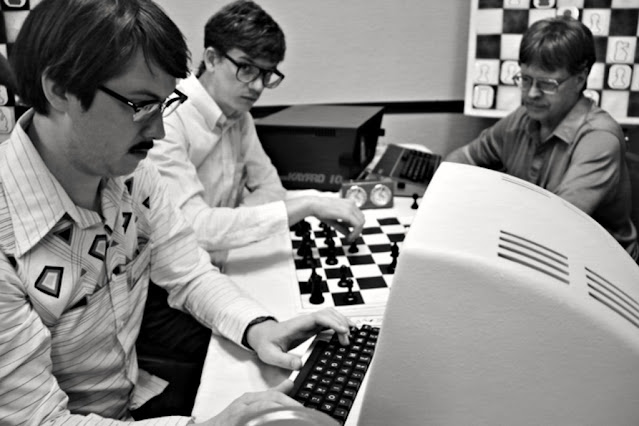Chess Fortress Positions
It is not uncommon in "slow" or "closed" games in which both players advance cautiously and try to keep pieces on the board to end up in a "fortress" position. Such positions typically feature balanced pawn lines in the middle of the board which neither side can pass without disadvantage. Meanwhile both players have plenty of room behind their pawns to aimlessly move their other pieces forever.
Using a computer engine, a tell-tale sign of a fortress position is a proposed "best line" that has no captures.In this example, there are some moves to further fortify the pawn line with h4, g3 and a3 for White and h5 for Black. But otherwise nothing is going on.
In some cases a chess engine might even show a +100 cp score for one side, but it's a mis-evaluation. Again, a sure sign of this will be the fact that the engine's proposed moves make no progress.
Try And Find A Continuation...
In some cases there is no way forward, particularly if the opponent has no interest in cooperating. Sometimes, however, a line can be found that breaks through using MultiPv and engine comparison techniques. In some cases, the "non-shuffling" line may mean giving up a small amount of engine score (and/or seeing your illusory engine advantage disappear).The general idea is to look for lines with similar engine scores that lead to captures. In this particular game, a line could be found that resulted in 20 more moves by each side with the first capture occurring on the 41st move.
The game was a draw in the end, but playing on at least allowed the possibility of a mistake by either side.






Comments
Post a Comment